
The ABS Board of Directors has elected John McDonald as the new Chairman and Chief Executive Officer of ABS at a board meeting on November 11.In the culmination of a well-planned succession process, McDonald, the serving ABS President and Chief Operating Officer, will take over on January 1, 2026, when present ABS Chairman and CEO Christopher J. Wiernicki retires.

Frederick Joseph Harris of Mystic CT, passed peacefully at 5:47PM on 10/24/2025, with his family by his side. “Fred” was born on 11/25/1944 at Framingham Union Hospital to Frederick Everett and MaryRosa Camilla Harris.Fred was a proud patriot who loved his country. Fred received his bachelor’s degree in Marine Engineering from Maine Maritime Academy (with Honors) in 1967.

The military and Coast Guard budgets are established that will benefit the U.S. ship building and repair sector, but what will stimulate the commercial yards?This author has been scratching his head of late, after a thrilling dive into July’s U.S. Big Beautiful Bill Act, and has asked several colleagues where the funding for support commercial shipbuilding can be found? To answer that
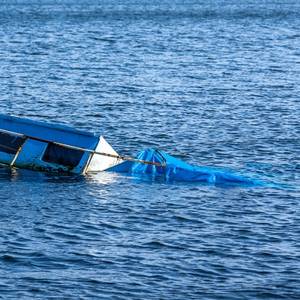
By the time Robbie Roberge spotted the fire consuming his boat's galley last August, he knew he had just minutes to evacuate his beloved Three Girls fishing vessel, named for his daughters.As the flames spread up the boat's walls, he helped his crew into safety suits, deployed a life raft and made a mayday call to alert nearby mariners and the U.S.
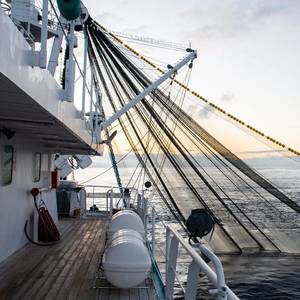
U.S. President Donald Trump’s regulatory freeze has injected chaos and uncertainty into a number of lucrative American fisheries, raising the risk of a delayed start to the fishing season for some East Coast cod and haddock fleets and leading to overfishing of Atlantic bluefin tuna, according to Reuters interviews with industry groups and federal government employees.

The domestic passenger vessel answers the call for cleaner and more efficient platforms. It is truly an electric time to be a part of this niche industry.In the shadow of a rapidly changing political landscape, the domestic passenger ferry sector is nevertheless seeing an increasing number of newbuild vessel orders.
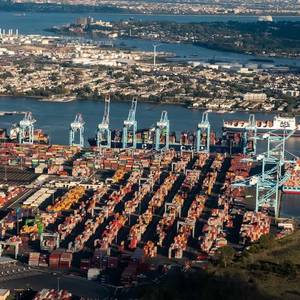
The union representing 45,000 dock workers on the U.S. East and Gulf Coasts and their employers on Wednesday said they reached a tentative deal on a new six-year contract, averting further strikes that could have snarled supply chains and taken a toll on the U.S. economy.The International Longshoremen's Association (ILA) and the United States Maritime Alliance (USMX) employer group
The bipartisan, bicameral bill will fuel U.S. economy, strengthen national security by responding to China’s threat over the oceans. Currently, the number of U.S.-flagged vessels in international commerce is 80; China has 5,500.Today, Senator Mark Kelly (D-AZ), Senator Todd Young (R-IN), Representative John Garamendi (D-CA-8)

Seventeen students from seven U.S. and El Salvador maritime academies and universities have been selected as the 2025 recipients of the Thomas B. Crowley Sr. Memorial Scholarship. The scholarship recognizes students who demonstrate exceptional academic achievement and dedication to their studies related to the maritime industry. The scholarship honors the legacy of Thomas B. Crowley Sr.
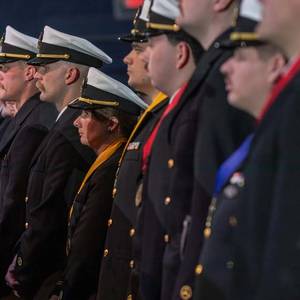
The American Maritime Partnership (AMP), the voice of the domestic maritime industry, congratulates the more than 1,100 graduates from America’s maritime academies who make up the Class of 2025. These graduates now join the 650,000 men and women of the American maritime workforce.The 2025 graduates hail from the seven maritime academies in the United States: the U.S.
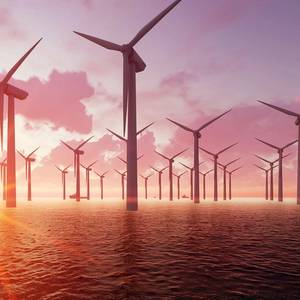
The Bureau of Ocean Energy Management (BOEM) today announced its approval of the Construction and Operations Plan for the SouthCoast Wind Project. This is the final approval needed for the project from BOEM following the Department of the Interior’s December 2024 Record of Decision.
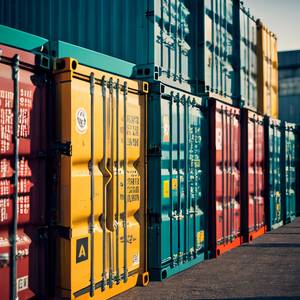
Strikes at ports on the US East Coast and Gulf Coast, which would have caused an economic and supply chain crisis, have been called off – with ocean container freight rate growth now expected to slow or fall.The strikes were set to begin on 15 January and would have forced the closure of ports from Maine to Texas.